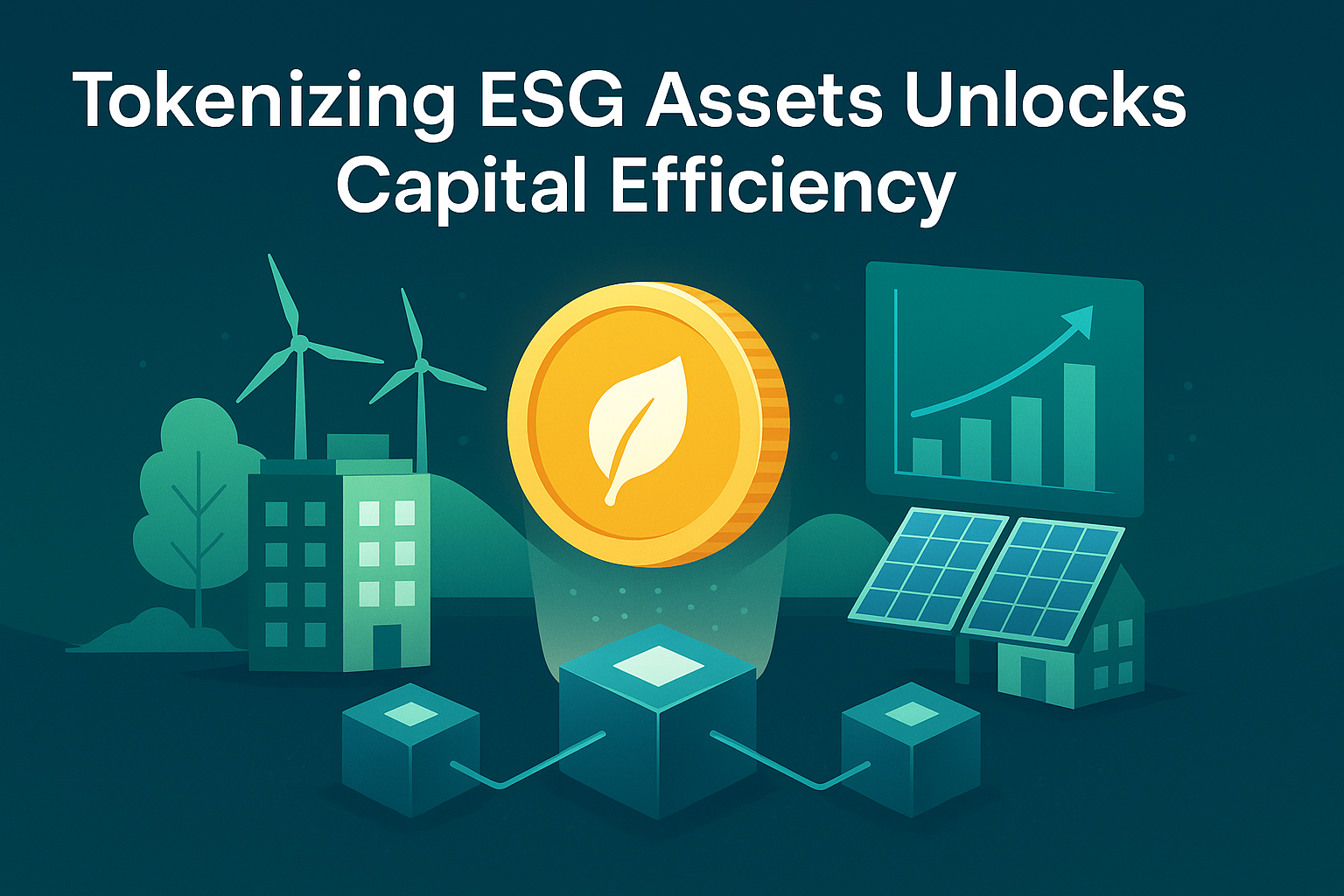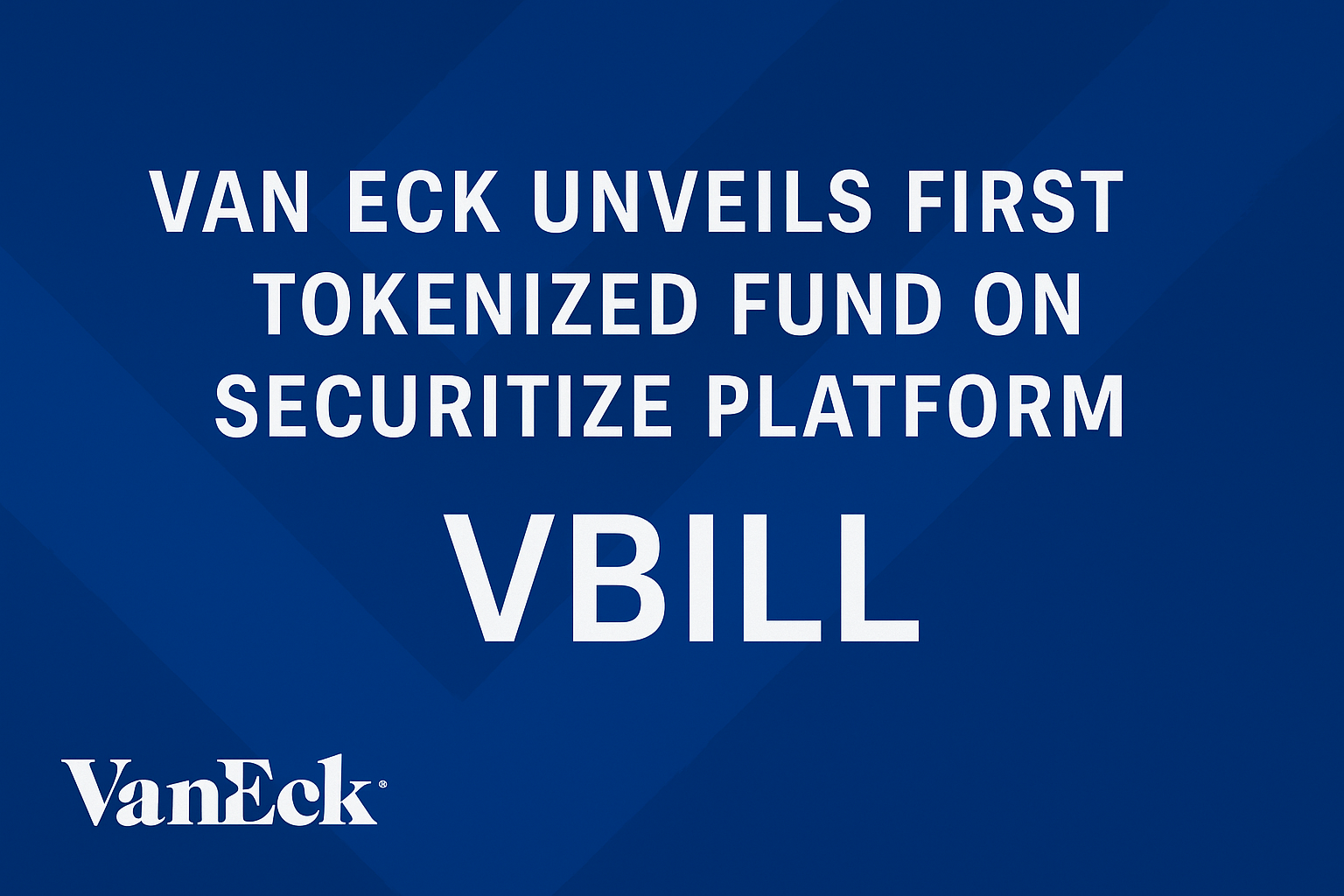In 2025, the conversation around cryptocurrency has shifted from volatility and regulation to responsibility and sustainability. The crypto industry, once criticized for its massive carbon footprint, is now undergoing a green revolution. With proof-of-stake (PoS) protocols replacing energy-intensive proof-of-work (PoW) systems, renewable-powered mining operations, and blockchain projects committing to carbon neutrality, investors are rewarding coins that prove they can grow sustainably.
Here’s a look at the Top 10 Greenest Cryptocurrencies in October 2025 — projects leading the charge in making blockchain technology environmentally responsible.
1. Cardano (ADA)
Cardano remains one of the most energy-efficient blockchains in the world. Built from the ground up with a peer-reviewed academic approach, its Ouroboros proof-of-stake protocol consumes 99% less energy than traditional PoW systems. The network’s focus on sustainability, education, and developing countries keeps ADA at the forefront of the green crypto movement.
2. Algorand (ALGO)
Algorand’s blockchain has been carbon-negative since 2021, thanks to its commitment to offset all CO₂ emissions through verified partnerships. Its consensus mechanism is lightning-fast, energy-light, and powered by a network that’s already integrated with renewable energy sources. The project’s collaboration with organizations like ClimateTrade has solidified its reputation as the “green blockchain.”
3. Hedera (HBAR)
Hedera uses a unique hashgraph consensus mechanism, which requires minimal energy and offers high throughput. The Hedera Governing Council includes sustainability-minded corporations like Google and IBM, who oversee the network’s responsible growth. Its low carbon footprint per transaction makes it one of the cleanest enterprise solutions available.
4. Chia Network (XCH)
Chia took a different route — proof-of-space-and-time, which uses storage capacity instead of computational power. By leveraging unused hard drive space, Chia reduces electricity consumption significantly compared to Bitcoin mining. While concerns remain about hardware wear, its innovative approach has earned it a solid place among eco-friendly cryptos.
5. IOTA (MIOTA)
IOTA’s Tangle technology eliminates the need for miners altogether. Designed for the Internet of Things (IoT), IOTA enables feeless microtransactions using negligible amounts of energy. Its next-gen structure allows devices to interact directly, making it one of the most scalable and sustainable networks for future smart cities.
6. Solana (SOL)
Once criticized for network congestion, Solana has rebounded in 2025 with a more energy-conscious approach. Through its proof-of-history plus proof-of-stake combination, the network now achieves high performance with minimal power usage. Solana Foundation also actively tracks and publishes its energy consumption data — a rare transparency move in crypto.
7. Avalanche (AVAX)
Avalanche’s subnet architecture allows developers to launch their own blockchains using eco-efficient consensus models. The platform’s PoS design keeps emissions low while enabling thousands of transactions per second. In 2025, Avalanche partnered with renewable energy startups to offset network-related emissions, putting it among the top sustainability leaders.
8. Tezos (XTZ)
Tezos has always been synonymous with efficiency. Its liquid proof-of-stake (LPoS) model rewards validators for maintaining the network with minimal power consumption. The Tezos Foundation also supports numerous climate-focused NFT and DeFi initiatives, ensuring that the ecosystem grows with sustainability in mind.
9. Stellar (XLM)
Focused on financial inclusion and remittances, Stellar is built for lightweight, low-energy transactions. The network uses a federated Byzantine agreement (FBA) instead of traditional mining, making it one of the least energy-hungry blockchains in operation. Stellar Development Foundation’s push for green financial systems gives it a steady place on this list.
10. Celo (CELO)
Celo’s mission to create a climate-positive mobile-first blockchain has made it a favorite among eco-conscious investors. The project offsets more carbon than it emits, supports regenerative finance (ReFi) projects, and runs validators on renewable energy. In October 2025, Celo announced a new initiative to help developing nations access carbon credit markets via blockchain.
Why Green Crypto Matters
As environmental regulation tightens and institutional investors adopt ESG (Environmental, Social, Governance) standards, the demand for greener crypto assets is growing. The next generation of blockchain projects isn’t just competing for speed and scalability — they’re competing for sustainability credentials.
From carbon offsets to proof-of-stake, 2025 marks a defining era for responsible blockchain innovation. The greenest cryptocurrencies are proving that financial growth and environmental consciousness can coexist — and in many cases, they can even fuel each other.
The crypto world is maturing fast, and sustainability is no longer optional — it’s essential. These ten projects exemplify how technology, innovation, and environmental responsibility can align to build a cleaner, fairer digital economy. As the green movement gains traction, the most sustainable blockchains will not only survive but lead the next phase of global crypto adoption.




